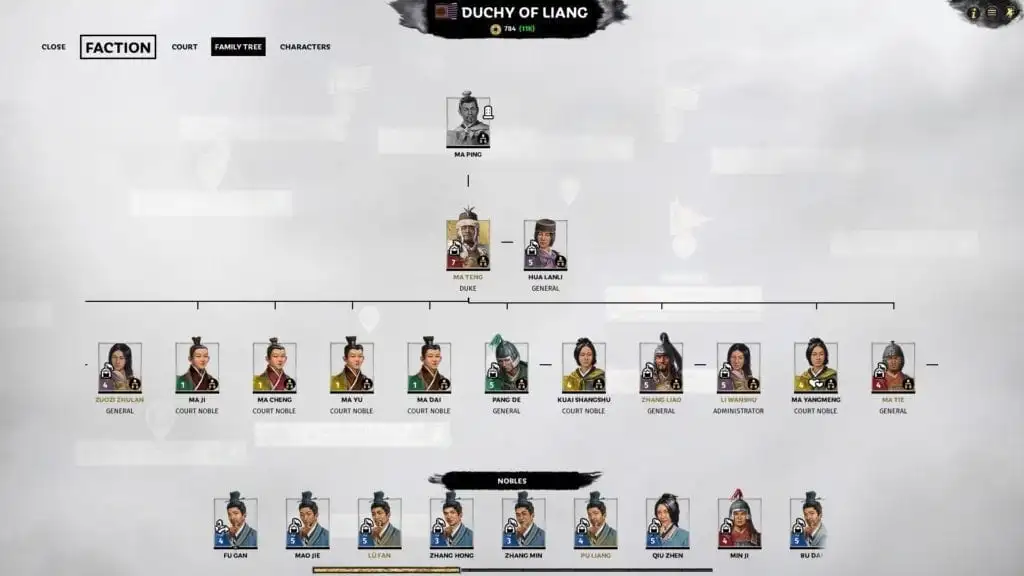

The problem with the Yellow Turban Rebellion, however, was that the central authority was so weakened that regional governors and noblemen decided to retain the forces they raised to quell the rebels, adding them to their private household retinues. During times of crisis a system was already in place for organizing, commanding, managing and paying militias raised from the countryside. Borderlands were mostly protected by foreign nomadic tribes drafted into Han military service. Mercenaries, as far as I know, were only used in significant numbers for the guard of the capital city Luoyang. Convicted criminals avoided imprisonment of forced labor if they also joined the army.

During the Eastern Han (25-220 AD), the mandatory two-year conscription service was discontinued in favor of an all-volunteer force, as peasants could simply pay to avoid conscription into the army.
To summarize things, during the Western Han (202 BC - 9 AD) and Wang Mang's Xin-dynasty interregnum (9-23 AD), there was a small professional standing army known as the Northern Army and a larger force of conscripted peasants known as the Southern Army. Ancient China and Its Enemies: The Rise of Nomadic Power in East Asian History. A Biographical Dictionary of Later Han to the Three Kingdoms (23–220 AD). The Rise of the Chinese Empire: Volume II Frontier, Immigration, & Empire in Han China, 130 B.C. I'm familiar with the events and people, but from what I've read it seems like it was mostly my group of peasant framers against yours, and whoever loses their nerve first loses the battle.For military organization of Han-dynasty Chinese forces, you should check out the following sources: Can anyone point me to a good source on actual warfare of the time?


 0 kommentar(er)
0 kommentar(er)
